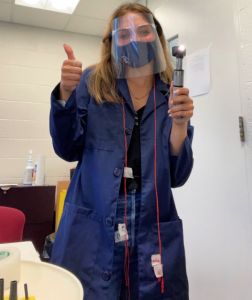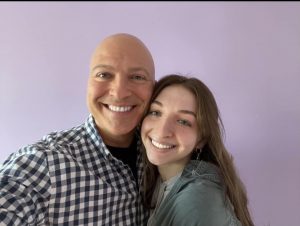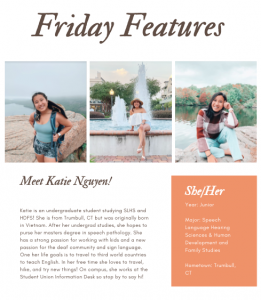Halloween and child development: Does trick- or – treating help our kids learn to socialize?
With the upcoming holiday, it’s important to discuss the value they have. Especially with halloween children gain many benefits from it. For one, Halloween helps to nurture important social skills and allow parents the opportunity to be creastice with their children. In addition, Halloween has benefits for all ages. A baby is able to experience the world through the new touches of pumpkins, the sound of leaf crunching. For toddlers they get to taste new fall tastes that they haven’t had before. Preschoolers and early elementary school aged children are in the height of the pretending stage. They learn to role play, taking other people’s sides and creating the basis for empathy. But the most beneficial component of Halloween is that children get to spend that quality time with parents which helps to form positive family connections.
Article link: https://www.al.com/entertainment/2016/10/halloween_and_child_developmen.html
Katie Nguyen
Research Assistant, UCONN Kids




